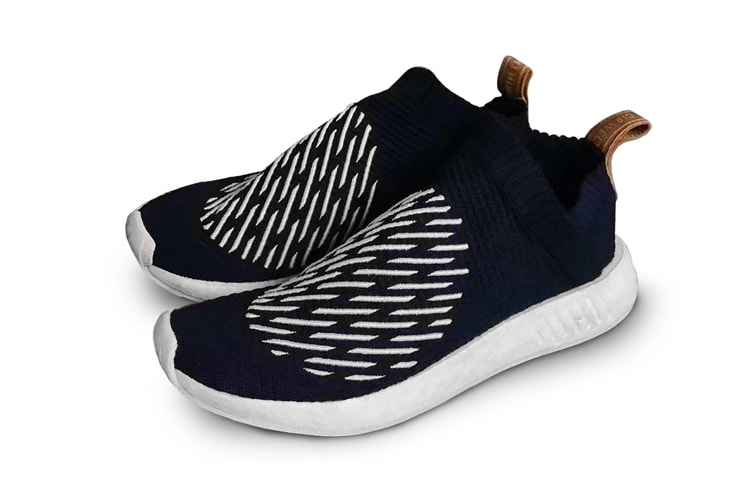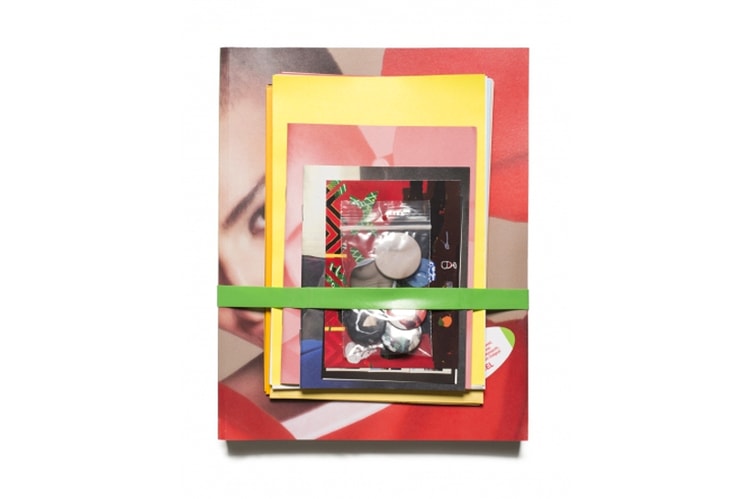visvim's Dissertation Series "Survey" Looks Into the Traditional Japanese Craft of Boro
Learn about one of Japanese Culture’s most instrumental design motifs.



Hiroki Nakamura’s label visvim has a design philosophy deeply rooted in appreciation for traditional Japanese culture and craftsmanship. Most of the brand’s signature pieces take heritage Japanese garments and textiles and interpret them from a modern point of view. Offering a look into the imprint’s design process, visvim’s dissertation series “Survey” is a quick history lesson on Japanese culture’s most instrumental design motifs. The latest edition spotlights boro, the symbol of Japanese folk art recognizable by its re-weaved patchwork aesthetic that has appeared so many times in visvim’s garments. The dissertation takes readers to the “Amuse Museum” in Asakusa, Tokyo, which houses over 1,500 pieces of various boro garments.
“At the time, the image of “poor”, “dirty” and “embarrassing” became associated with the boro that were produced under severe living conditions among many people, and there was no motivation for common people, researchers, or people in textile industries to preserve them. However, Tanaka discovered a sense of “beauty” that was born from the spirit of taking great care of everyday necessities.”
Learn more about boro here.












